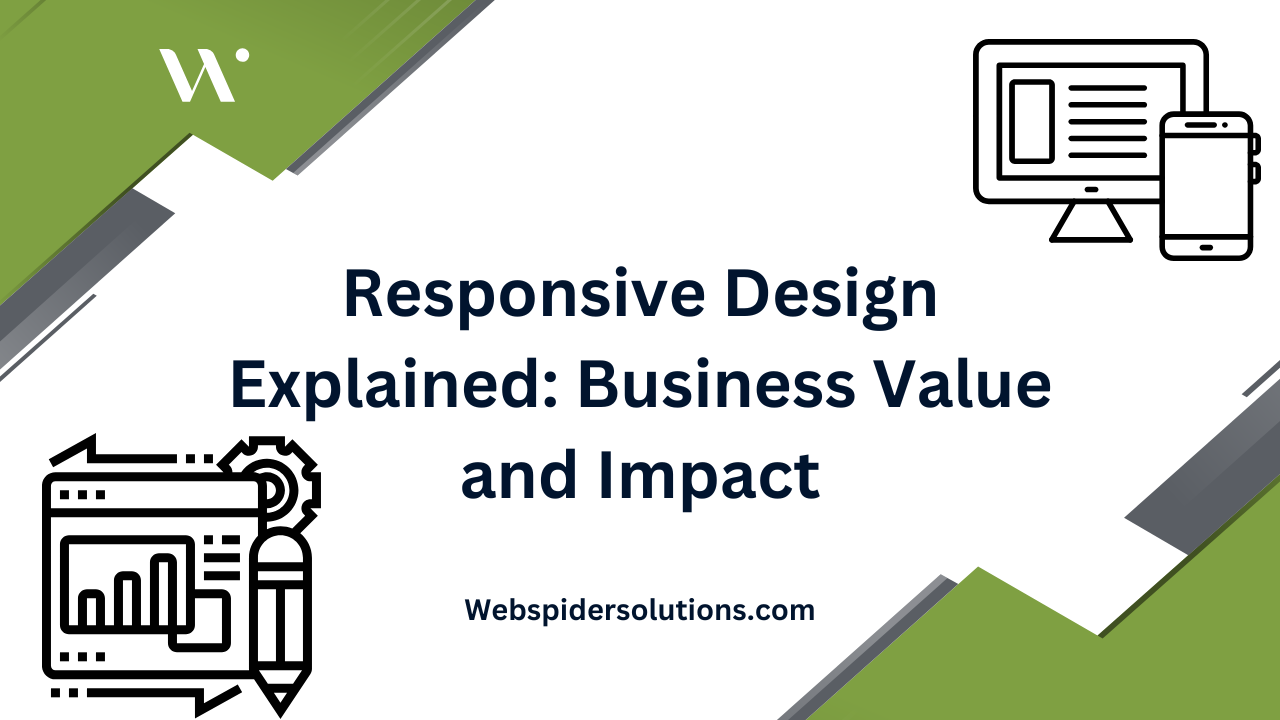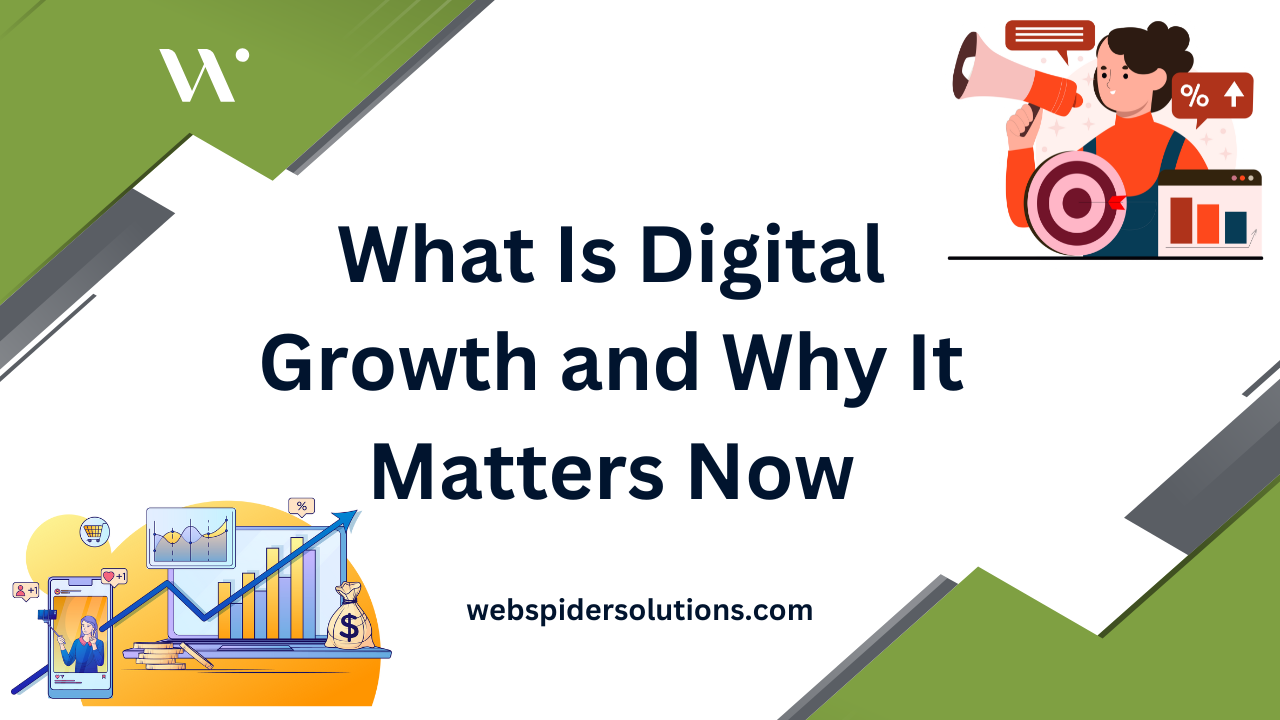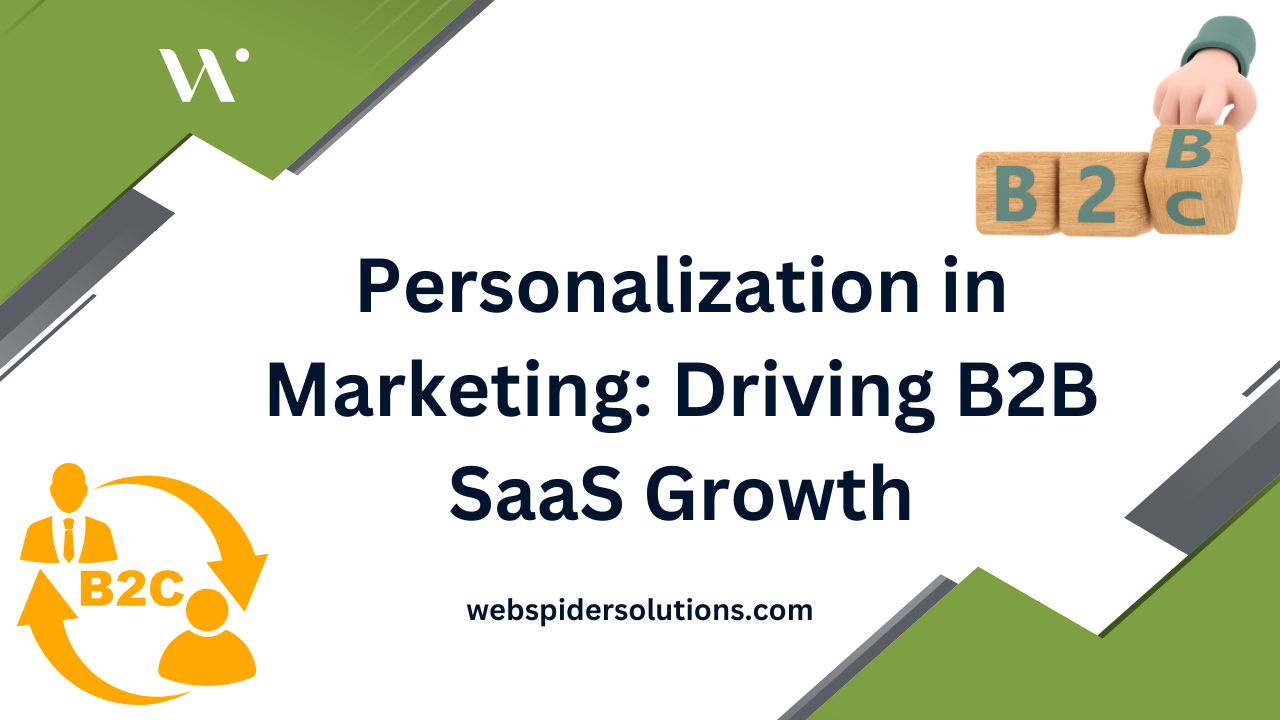More than 55 percent of web traffic now comes from mobile devices, making a flexible website design no longer a luxury but a necessity. People expect smooth browsing no matter what device they use, and businesses risk losing customers if their websites fail to deliver. Understanding responsive design opens the door to consistent branding, increased visibility, and a better online experience that keeps users coming back.
Table of Contents
- Defining Responsive Design For Business Websites
- Types Of Responsive Web Design Approaches
- Key Benefits For Traffic And Engagement
- SEO, Conversion Rates, And User Experience Impact
- Risks Of Neglecting Responsive Design Standards
Key Takeaways
| Point | Details |
|---|---|
| Responsive Design Improves Adaptability | Websites adapt dynamically to various screen sizes, enhancing user experience across devices. |
| Responsive vs. Adaptive Design | Responsive design offers a single flexible layout, reducing development effort compared to adaptive design’s multiple fixed layouts. |
| SEO and Engagement Benefits | Responsive design boosts search engine rankings and increases mobile traffic, leading to higher user engagement. |
| Risks of Non-Responsive Design | Neglecting responsive standards can decrease search rankings and user trust, increasing abandonment rates and revenue loss. |
Defining Responsive Design for Business Websites
Responsive web design is a transformative approach that enables websites to dynamically adapt to any device screen size, creating seamless user experiences across smartphones, tablets, desktops, and beyond. Responsive design fundamentally reshapes how businesses present digital content by automatically adjusting layout, images, and navigation to match each user’s specific device capabilities.
According to research from the Interaction Design Foundation, responsive design achieves this flexibility through advanced technologies like media queries that allow web interfaces to automatically reconfigure themselves. These intelligent design techniques enable content to collapse efficiently on small screens and expand strategically on larger displays, ensuring consistent usability and visual appeal regardless of the viewing platform.
The core principles of responsive design focus on creating flexible, future-friendly web experiences that prioritize user needs. Key features include:
- Fluid grid layouts that proportionally resize
- Flexible image and media scaling
- Content prioritization for different screen sizes
- Adaptive navigation menus
- Performance optimization across devices
By implementing responsive design best practices, businesses can dramatically improve their digital presence, reduce development costs, and provide a superior user experience that keeps visitors engaged across all devices.
Types of Responsive Web Design Approaches
In the early digital transformation era, web designers confronted a critical challenge: how to effectively design websites that work seamlessly across multiple device types. According to research from the Interaction Design Foundation, two primary approaches emerged to address this complexity: adaptive design and responsive design.
The adaptive design approach involves creating multiple fixed-dimension versions of a website, each specifically optimized for different device screens. This method requires designers to craft separate layouts for smartphones, tablets, and desktop computers. While precise, it demands more development time and maintenance effort compared to alternative strategies.
Here’s a comparison of adaptive and responsive design approaches:
| Approach | Layout Flexibility | Development Effort | Maintenance Needs |
|---|---|---|---|
| Adaptive Design | Fixed layouts per device | Higher—multiple versions | More updates required |
| Responsive Design | Single flexible layout | Lower—one version | Easier to maintain |
Conversely, responsive design represents a more flexible solution. This approach utilizes a single, dynamically adjustable design that automatically stretches, shrinks, and reconfigures content to fit any screen size. Key characteristics of responsive design include:
- Fluid grid systems
- Flexible image scaling
- CSS media queries for automatic layout adjustment
- Seamless user experience across devices
By implementing responsive website design services, businesses can create more adaptable digital experiences that eliminate the need for multiple website versions and provide consistent, user-friendly interfaces across all devices.
Key Benefits for Traffic and Engagement
Responsive web design delivers transformative advantages for businesses seeking to maximize their online presence and user engagement. According to research from the Interaction Design Foundation, organizations can unlock significant benefits by implementing a mobile-friendly approach that adapts seamlessly across devices.
The primary advantages of responsive design include dramatically expanding audience reach and improving search engine visibility. As more users access web content through mobile devices, businesses can capture a broader market segment by ensuring consistent, high-quality experiences across smartphones, tablets, and desktops. Search engine optimization receives a notable boost, with mobile-friendly websites receiving preferential treatment in search rankings.
Key benefits of responsive design encompass multiple critical business objectives:
- Increased mobile traffic and user engagement
- Reduced development and maintenance costs
- Enhanced brand consistency across platforms
- Improved website loading speeds
- Higher conversion rates
Businesses looking to optimize their digital strategy can leverage website traffic generation strategies to complement their responsive design approach, creating a comprehensive digital marketing framework that drives meaningful user interactions and business growth.
SEO, Conversion Rates, and User Experience Impact
Responsive web design has become a critical factor in digital success, directly influencing search engine rankings, user engagement, and business conversion rates. According to research from leading digital experts, responsive design serves as a comprehensive strategy that simultaneously addresses multiple critical performance metrics.
Search engines like Google prioritize mobile-friendly websites, making responsive design a key factor in search engine optimization (SEO).
Websites that provide consistent, high-quality experiences across devices receive preferential treatment in search rankings. This directly translates to increased visibility, higher organic traffic, and improved digital marketing outcomes.
The three core impact areas of responsive design include:
- Enhanced search engine visibility
- Improved user experience across devices
- Higher conversion rates and user retention
By implementing responsive design principles, businesses can create seamless digital experiences that meet modern user expectations.
 Learn more about conversion rate optimization strategies to complement your responsive web design approach and maximize your digital performance potential.
Learn more about conversion rate optimization strategies to complement your responsive web design approach and maximize your digital performance potential.
Risks of Neglecting Responsive Design Standards
Businesses that fail to implement responsive design standards expose themselves to significant digital performance risks and potential market losses. Research from leading digital experts highlights the critical consequences of overlooking modern web design principles and user experience expectations.
According to studies from educational technology research, non-responsive websites create multiple detrimental outcomes for organizations. Poor design consistency across devices can lead to audience confusion, reduced brand credibility, and dramatically lower user engagement. Search engines actively penalize websites that do not provide seamless mobile experiences, effectively reducing organic visibility and potential traffic.
The key risks of neglecting responsive design include:
- Decreased search engine rankings
- Higher website abandonment rates
- Reduced user trust and brand perception
- Limited mobile audience accessibility
- Potential revenue loss from frustrated users
Explore mobile website design solutions to mitigate these risks and ensure your digital presence remains competitive and user-friendly across all devices and platforms.
Unlock Your Business Potential with Expert Responsive Design Solutions
Responsive design solves the critical challenge of delivering flawless user experiences across every device. If you struggle with inconsistent layouts, poor mobile engagement, or declining SEO rankings as discussed in the article, you understand how vital flexible web design really is. Businesses aiming to increase traffic and conversions need a strategy that adapts fluidly to every screen size without multiplying development costs or maintenance headaches.
At Web Spider Solutions, we specialize in crafting responsive websites that keep your brand consistent and engaging everywhere users interact. Our comprehensive digital marketing expertise ensures your responsive design not only looks perfect but also drives measurable growth through improved search rankings and optimized conversion rates. Discover success stories from clients who overcame similar digital challenges by visiting our Stories Archives. Ready to move beyond basic design to a solution that fuels your online business growth? Connect with us today and take the first step toward mastering responsive web design with proven strategic support. Explore how we combine design innovation with digital marketing expertise at Web Spider Solutions and turn your responsive design into a business advantage now.
Frequently Asked Questions
What is responsive design in web development?
Responsive design is an approach that allows websites to adapt seamlessly to different device screen sizes, creating a consistent user experience across smartphones, tablets, desktops, and more.
How does responsive design benefit businesses?
Responsive design improves user engagement, increases mobile traffic, enhances brand consistency, and boosts search engine visibility, ultimately leading to higher conversion rates and reduced development costs.
What are the key characteristics of responsive web design?
Key characteristics include fluid grid layouts, flexible image scaling, CSS media queries for automatic layout adjustments, and adaptive navigation menus that enhance usability across devices.
Why is responsive design important for SEO?
Responsive design is crucial for SEO as search engines like Google prioritize mobile-friendly websites. It directly influences search rankings and enhances organic traffic by providing a better user experience across various devices.











